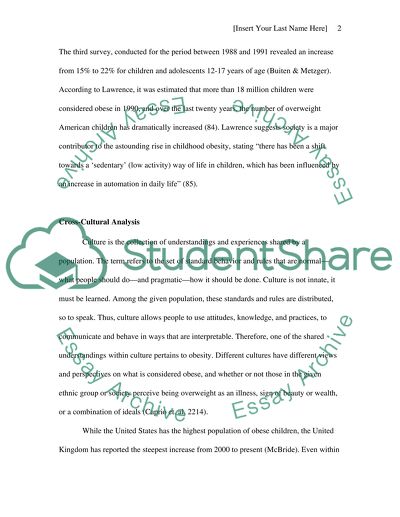Cite this document
(“Cause, Intervention, and Impact of Childhood Obesity Research Paper”, n.d.)
Retrieved from https://studentshare.org/health-sciences-medicine/1414761-cause-intervention-and-impact-of-childhood-obesity
Retrieved from https://studentshare.org/health-sciences-medicine/1414761-cause-intervention-and-impact-of-childhood-obesity
(Cause, Intervention, and Impact of Childhood Obesity Research Paper)
https://studentshare.org/health-sciences-medicine/1414761-cause-intervention-and-impact-of-childhood-obesity.
https://studentshare.org/health-sciences-medicine/1414761-cause-intervention-and-impact-of-childhood-obesity.
“Cause, Intervention, and Impact of Childhood Obesity Research Paper”, n.d. https://studentshare.org/health-sciences-medicine/1414761-cause-intervention-and-impact-of-childhood-obesity.


